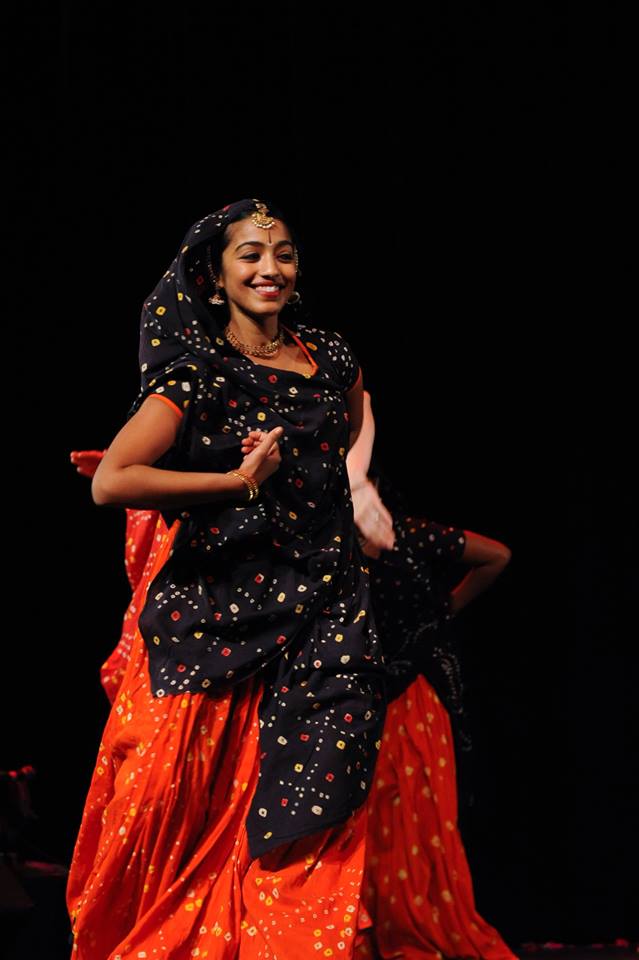

Today we’d like to introduce you to Shivani Lakshmi Aysola.
Hi Shivani Lakshmi, so excited to have you with us today. What can you tell us about your story?
I’m totally an 818 girl, born and raised in the San Fernando Valley to immigrant parents from Andhra Pradesh in South India. I’m very proud that my first language is Telugu. We grew up really Telugu but also super multicultural — my high school reunion felt like the UN General Assembly. By 16, I knew how to flirt AND insult in Spanish, Farsi/Dari, and Armenian.
Both of my parents retired as public school teachers with LAUSD; my mom taught math for 30 years between Hyderabad and LA, and my dad was a photojournalist in Delhi before he became a special-ed teacher here in LA. Fun fact: we actually “started school” on the same day—me as a first-grade student, and my dad in his first teaching role! It’s kind of poetic — education doesn’t stop at any age. My little sister is a school psychologist with LAUSD now, so she’s continued that tradition.
Legend has it I was three years old when I first saw someone dance Bharatanatyam — a live orchestra played for two hours, and afterward all I did was beg my mom to let me learn. It took a few tries; I was too young at first, but I persisted, badgering her until finally my guru agreed to teach me. I’ve danced every day since. It took me years to realize it wasn’t just the dance that overtook my soul — it was the experience of watching someone become music, become one with sacred rhythm. Musicians play music; dancers let it soak into our bodies.
I’ve trained ever since with my guru, the inimitable Malathi Iyengar. Growing up as a working dancer in Los Angeles was such a sublime dream. My guru is truly a world-class artist, and she would sponsor the crème de la crème from the Indian dance world to come and rehearse with us in LA. So, I cut my teeth each summer watching and learning from the world’s best classical dancers, steeped in the original music of true maestros, all while rehearsing to perform at some of the most iconic venues. I mean, who grows up performing at the Hollywood Bowl? Or the Walt Disney Concert Hall? In school, we’d go to the Getty for field trips, and I’d just feel right at home because we had performed there numerous times. I owe it all to my guru’s vision and dedication—and to my parents’ full support.
I wasn’t always the best student, but I’ve always loved learning. As a teenager, I took community college classes across LACCD—philosophy, film history, screenwriting—long before dual enrollment was trendy. I’m very willing to follow my curiosities, and they’ve pulled me in many directions: I studied politics and Italian literature at UC Santa Cruz, taught documentary filmmaking to 7th graders in India, worked in advertising on the Sunset Strip, freelanced across four continents, and apprenticed in regenerative farming, natural building, and even welding. At UC Santa Cruz, I once saw a deer giving birth on my way to class—it sort of recalibrated my sense of what learning could mean.
This all kind of led me to study urban planning at Cornell, which is located in just the most beautiful jewel box of a hamlet. I’d been to 40 countries, spoke four languages, but hadn’t really experienced fall before—the trees turning, glowing, and letting go—it alchemized me. Ithaca is unlike any other place I’ve lived, and I found myself learning as much from the trees as from my professors.
In my second year of grad school, I got this generous fellowship that took care of my tuition (“a BOGO deal on grad school! How fun,” I thought), so I immediately dropped out of my urban data science classes and signed up for practicums in agroforestry and conservation methods. Our classroom was a literal grove of nut trees, where we practiced stream restoration with willow branches, mushroom inoculation of felled trees, and basically learned all that we didn’tknow. The natural world really has become my greatest teacher, and it’s this ethos that is now central to my work.
My work now moves between worlds: policy roundtables in New York, demolition sites in Bangalore, regenerative farms in Kenya, and the floodplains of the Finger Lakes. Today, I lead Shamba-la Studios, a community and ecological framework for eco-schools and conservation incubators. Our pilot sites are in coastal Kenya and in the mangrove marshes of Nigeria. The idea is simple but profound: to create spaces where kids learn from the birds and the bees, the soil and the rain—just as I learned from dance and trees. We complement that with training in conservation careers so adults don’t necessarily have to sacrifice their sense of place in order to have economic security.
I’m very clear about my role: I’m a conduit between people, place, resources, and experience. I draw upon dance and my technical skills to elicit “data” from the people and the place, but other than that, I try really hard not to impose my will on a project. I find it far more interesting to let the people, and the flora, and the fauna speak for themselves. I’m interested in co-creation that holds ecology, equity, and imagination in the same breath, you know? Movement as medicine, circular futures, and building worlds where communities and ecosystems thrive together—that’s really the pulse of Shamba-la. It’s all been coming together really organically, and that’s super heartening.
I’m sure it wasn’t obstacle-free, but would you say the journey has been fairly smooth so far?
Smooth is relative, isn’t it? I’m currently operating from a really optimistic place, but I can still see the shadows from the past. Being perceived as a woman shapes how I’m seen in certain rooms, sometimes in really limiting ways. It’s kind of insane how much violence and dehumanization I’ve experienced just by existing in this body. And being neurodivergent—living with ADHD and autism—has been both a blessing and a challenge. It fuels my creativity and curiosity, but it also means I sometimes miss the “unspoken rules” others seem to grasp effortlessly.
I’ve faced my share of turbulence: sexual assault, addiction, burnout, long stretches of instability. At age 24, I was running the creative department for America’s fastest-growing ad agency—and then overnight, unemployed. I’ve had negative dollars in my bank account, missed flights that felt catastrophic, and had entire seasons where I doubted myself completely. Capitalism doesn’t whisper, it suffocates, so it’s taken a lot to decolonize my relationship to time & productivity. My body literally follows the lunar calendar, but Western society runs on the solar calendar. It’s a very viscerally…interesting place to be in, to say the least.
But every low mutated into a turning point. Getting fired gave me the space to face buried pain. Traveling solo taught me to trust strangers and my own instincts. Learning construction and regenerative farming as the only woman in the room toughened me physically and spiritually. Chronic menstrual pain month after month? A reminder to slow down, and tune in.
A lot of people saw me moving through chaos for a long time, but now it feels like life was really training me to move through the world with resilience and humility. Ego death, man. Highly recommend.
As you know, we’re big fans of you and your work. For our readers who might not be as familiar what can you tell them about what you do?
We’re influenced by people and by the planet in equal measure. People influences obviously include the communities we’ve worked with in Kenya and Nigeria, but also the Uru of Lake Titicaca who build floating reed islands, and the denizens of informal settlements who innovate through necessity and care.
The planet is the ultimate teacher—coastal mangroves, forest groves, and floodplains show us how to live in reciprocity. I spend a lot of my waking time thinking about the history of gingko trees.
So, we build on these living systems by translating ecological intelligence into spatial and educational frameworks. Shamba-la’s approach differs because it merges ethnography, regenerative design, and storytelling—fields that rarely share a table. We don’t aim to impose solutions but to co-create ones that are place-based, imaginative, and self-sustaining.
Our approach is needed because regeneration can’t be imported! It must emerge from the relationships between people, land, and memory.
Can you talk to us a bit about the role of luck?
I really believe I won the lottery out the womb. My parents and my guru gave me a foundation of love, trust, and discipline that still guides me. They listened when I begged to dance, trusted me to fly alone as a child, and supported me when I veered far off the traditional path. They supported me just as equally whether I wanted to be a pediatric oncologist or a furniture designer. That’s luck of the rarest kind. More than that, they are true and genuine altruists.
No one is sure how many people’s educations my mom has sponsored back in India. My dad has been elected to the Chatsworth Neighborhood Council for almost two decades—he’s definitely the Mayor of our little corner of the Valley and spends so many hours organizing and doing the work.
There’s also what I call productive bad luck. I’ve lost jobs, missed opportunities, and ended up in unexpected places…but those detours always led somewhere richer. Getting fired led me to freelancing and fieldwork; missed flights turned into adventures; being broke taught me to live lightly and resourcefully.
Luck, to me, is about timing. The right people, teachers, and landscapes have appeared exactly when I was ready to learn from them. Whether good or bad, luck has always been an invitation to pay attention. But then I remember Derek Fisher’s epic .04 second shot that got the Lakers into the Western Conference Finals and think it’s not just luck—it’s practice, too. I guess I’m lucky that I’m a franchise player that gets to practice.
Contact Info:
- Website: https://mmm.page/toumai
- LinkedIn: https://www.linkedin.com/in/shivani-lakshmi-aysola-7126b998/
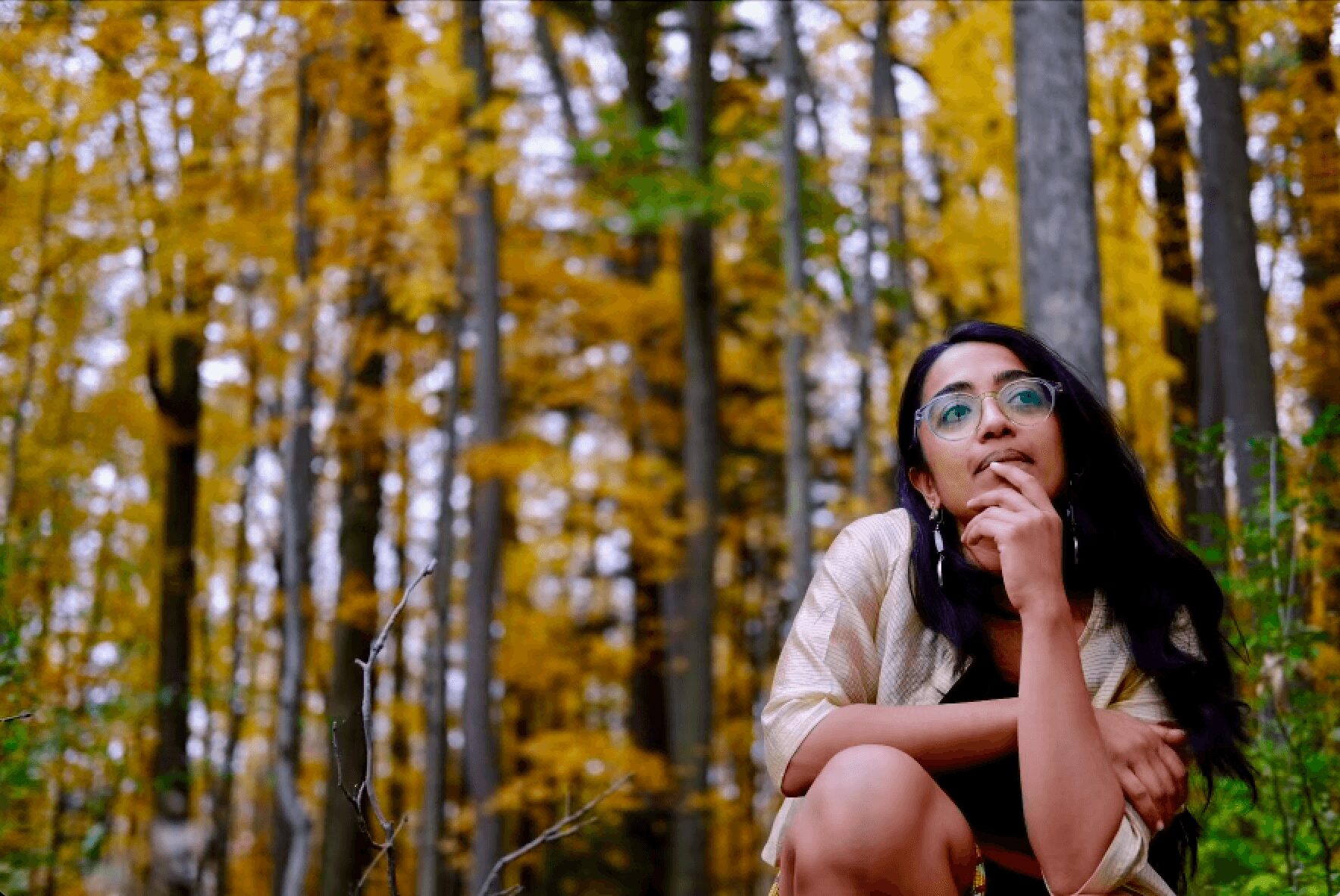
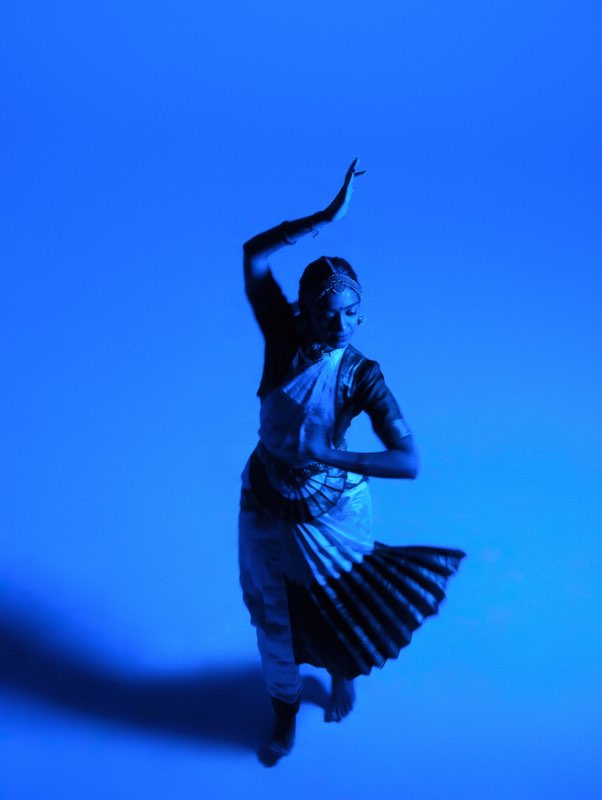
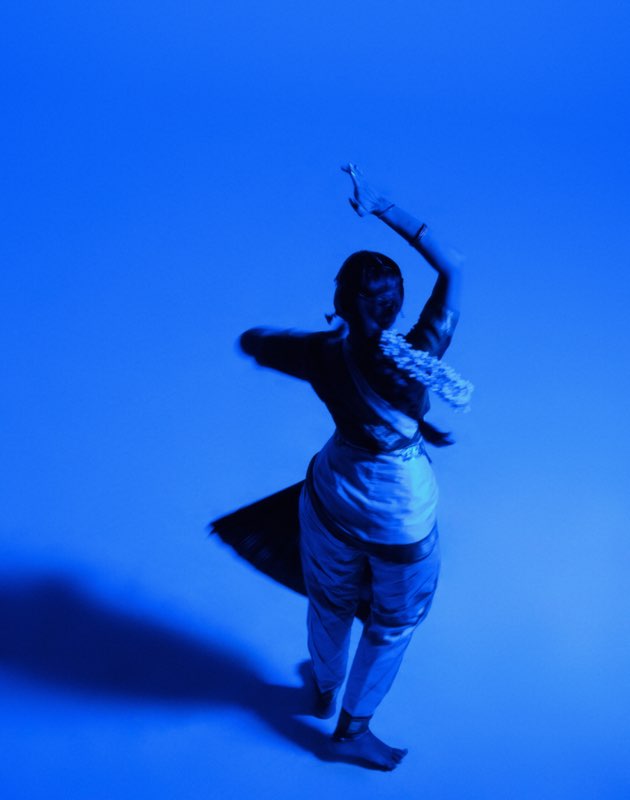

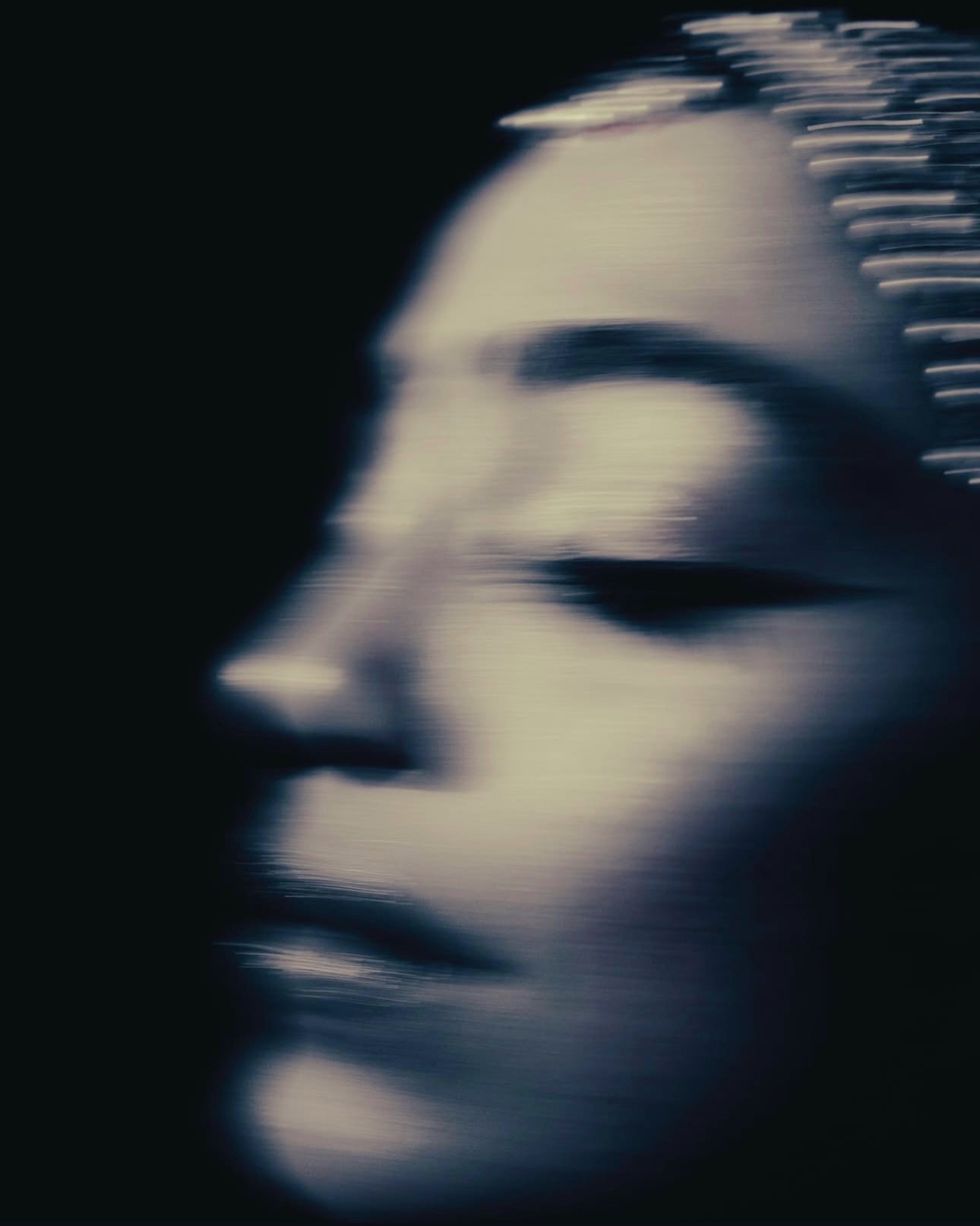
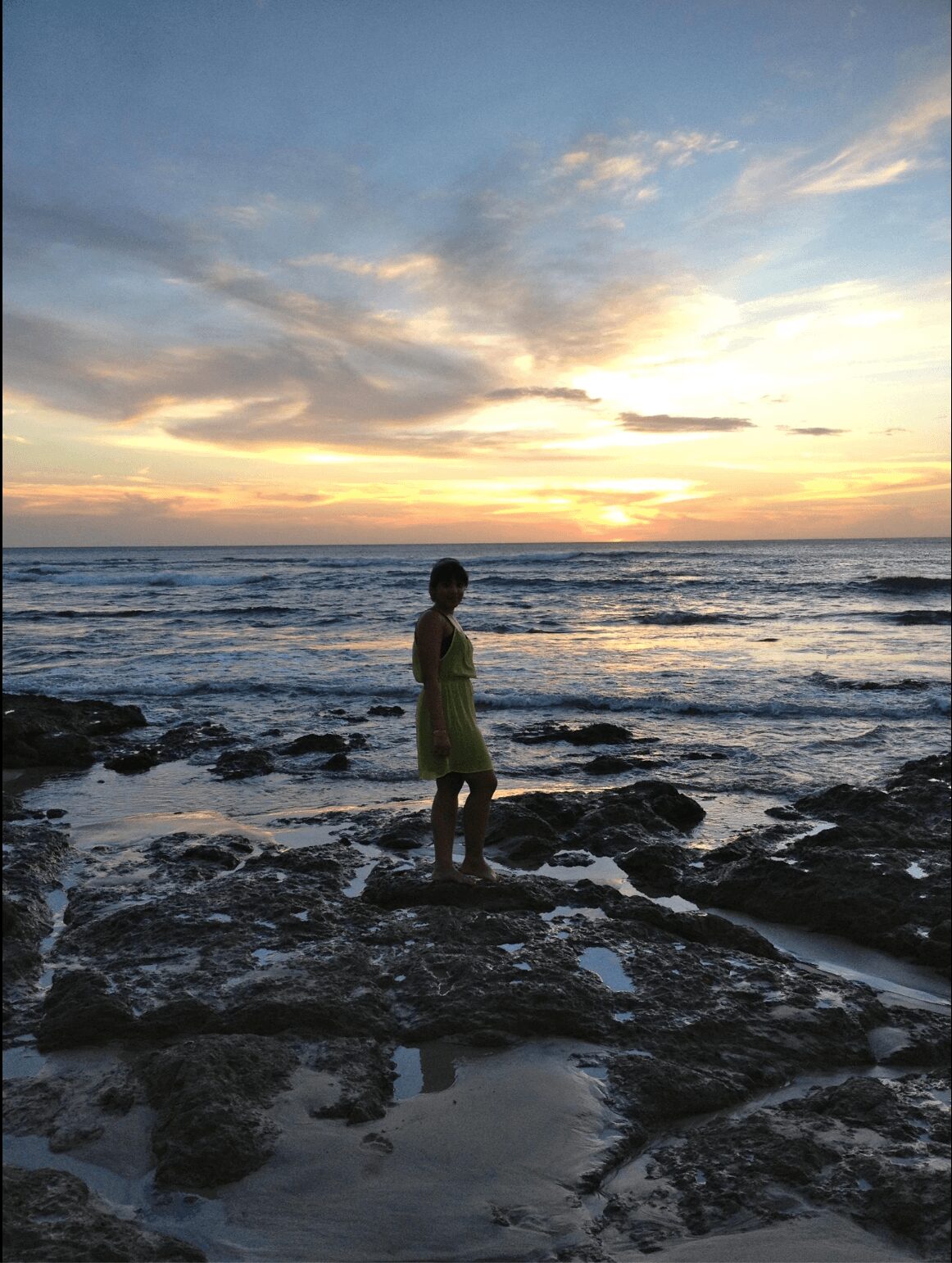
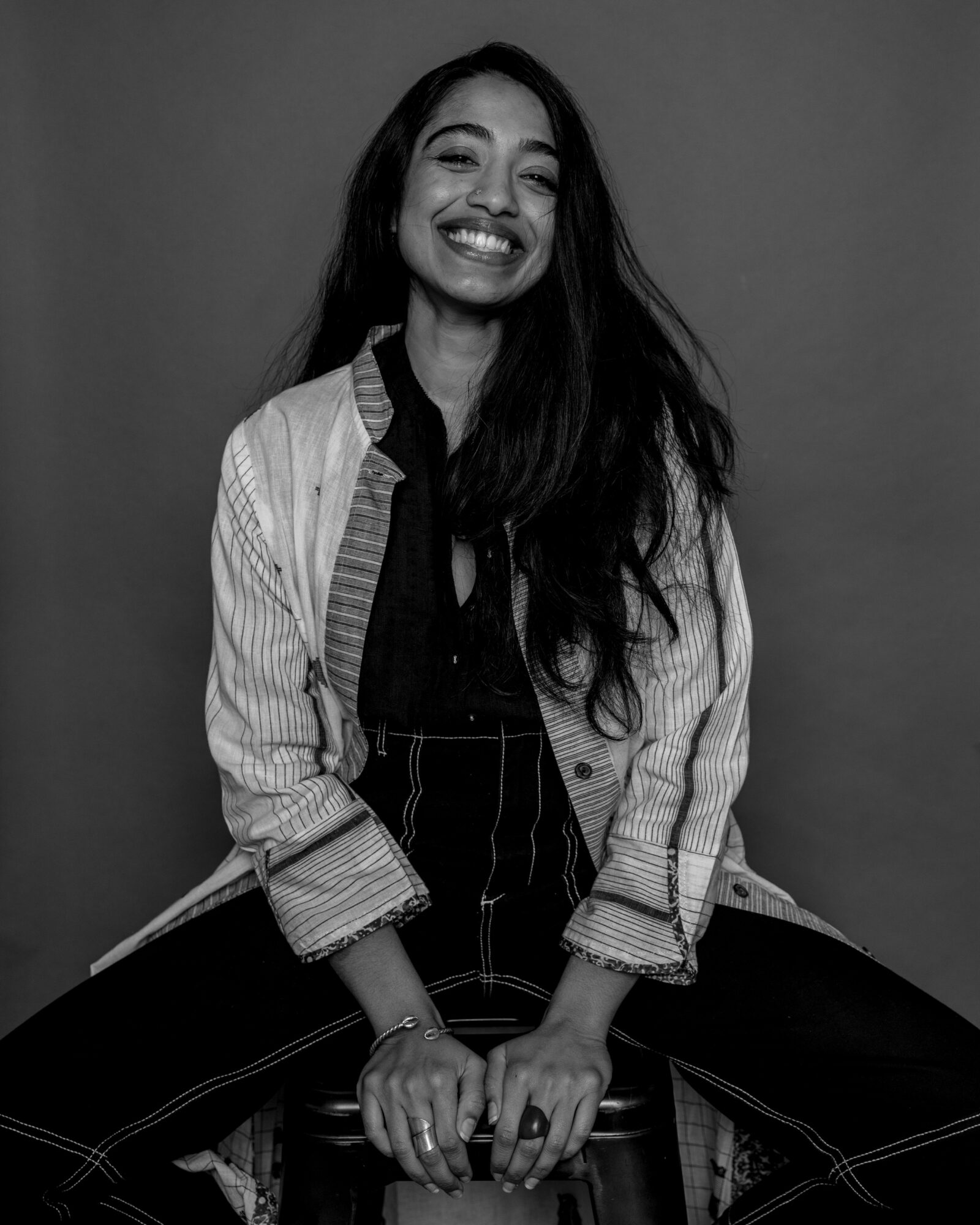
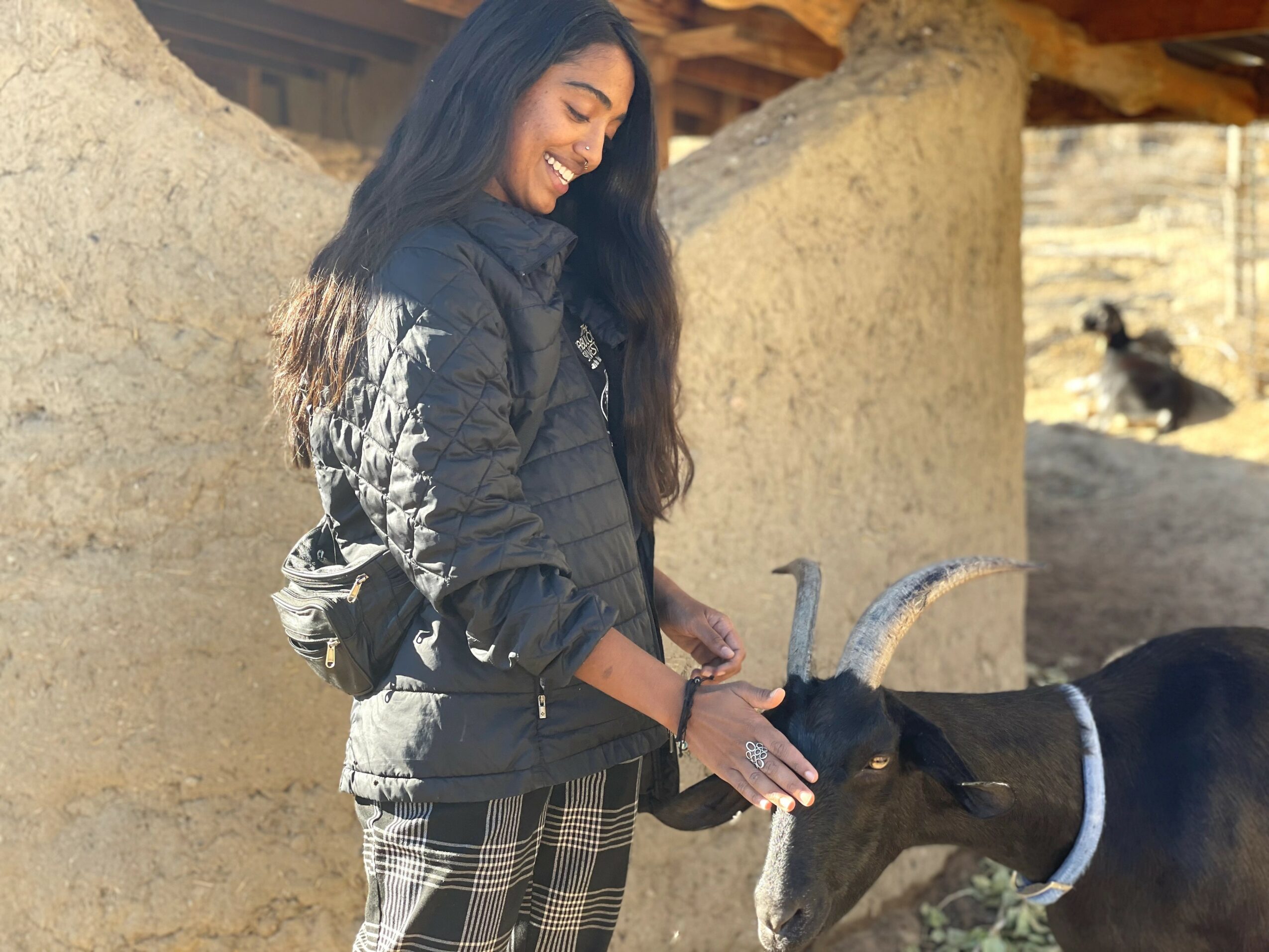
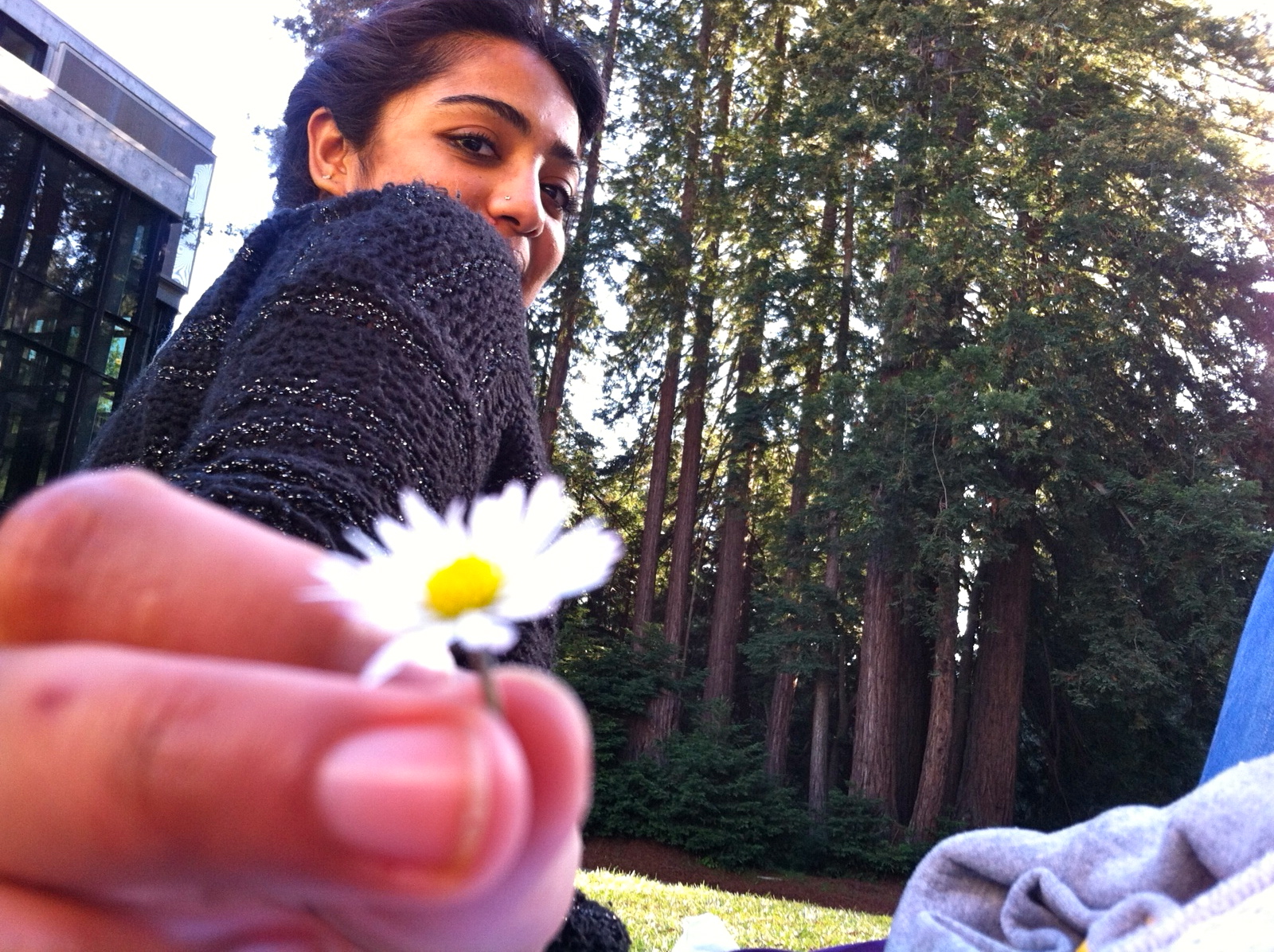
Image Credits
Aysola2 – photo by Amy Jacobowitz
Aysola3 – photo by Maiwenn Raoult
Aysola4 – photo by Vyshnavi Aysola
Aysola5 – photo by Tanima Mehrotra
Aysola8 – photo by Gene Lewis
Aysola9 – photo by Tanima Mehrotra
Aysola10 – photo by Tanima Mehrotra














